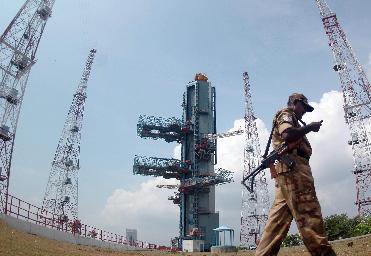
Sriharikota : Security personnel guard Chandrayaan-1, PTI Photo
SRIHARIKOTA (BNS): The countdown to the launch of Chandrayaan-1 onboard India's rocket PSLV-C11 on October 22, at 6.20 am from Sriharikota, 100 km from Chennai has begun. With hardly ten days left for the launch of the country's first unmanned moon mission, all eyes are riveted to the sky.
Scientists at the Satish Dhawan Space Centre (SDSC) in Sriharikota are brimming with confidence that the project will go off smoothly. Only a cyclone can get in the way of the launch now, SDSC officials said.
Speaking to the media in Sriharikota Sunday, SDSC Director MC Dathan said that even rain is not a problem. �The launch vehicle is totally rain proof. Even if it gets drenched in the rain, still we can launch the vehicle,� he said, quickly adding that only in the event of a cyclonic threat will the launch be rescheduled.
The SDSC has set up a seven-member expert panel to study the weather pattern for the launch. �They will be here from six days before the launch. They have different means of forecasting the weather right from the computer models, global observation and IMD observations,� Dathan said. Official said a final decision will be taken appropriately looking at the weather prediction.
Meanwhile, according to Dathan and VSSC, Thiruvananthapuram, director K Radhakrishnan Nair, the weather is not expected to cause any hurdle. �We are closely monitoring the situation,� the directors said. Besides ISRO scientists, experts from IMD will also be monitoring the weather condition.
Queried on whether it was science versus nature scenario, the scientists denied it. However, we go together with nature, they said.
The payload for Chandrayaan-1, country�s first inter-planetary exploration will be mated to the launch vehicle on October 14. It would then be moved to the launch pad on October 18. After that for the next four days, scientists will be conducting a series of tests.
Many space analysts have questioned the need for India�s unmanned mission to the moon, when many other nations have already sent manned or unmanned missions. But ISRO has held its ground. The officials said that on the contrary, many secrets of the moon are yet to be revealed. The origin and evolution of the moon, very detailed understanding of its mineralogy and abundance of Helium-3 said to be a relatively clean fuel for the future nuclear fusion reactors, among other secrets have made the mission necessary, they said.
Giving details about the spacecraft, Deputy Director of SDSC SHAR, K Subhash said that Chandrayaan-1 weighs 1380 kg and carries 11 payloads (scientific instruments). The cost of the mission is Rs 386 crore, which includes Rs 100 crore for the establishment of Indian Deep Space Network, which performs the task of receiving radio signals transmitted by the spacecraft that are incredibly feeble by the time they reach the Earth. One of the 11 payloads is the Moon Impact Probe (MIP) whose primary objective is to demonstrate the technology required for landing a probe at the desired location on the moon.
The MIP will be ejected from the Chandrayaan-1 spacecraft to hit the lunar surface in a chosen area. Following this, cameras and other scientific instruments will be turned on and thoroughly tested. This leads to operational phase of the mission, which will last for two years, officials said.
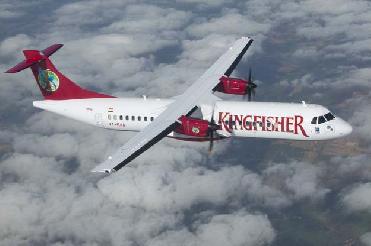 Next Article
Next Article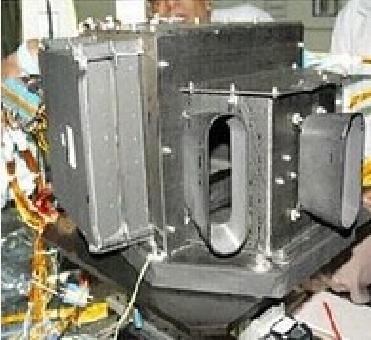
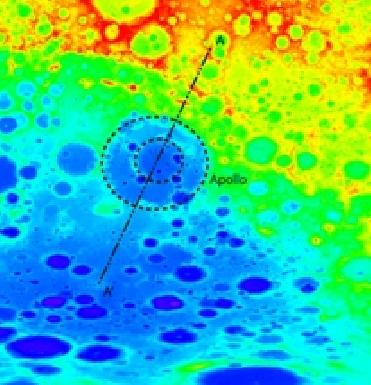
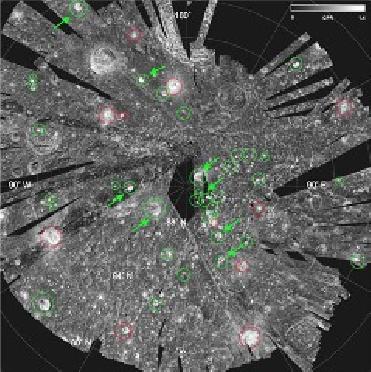
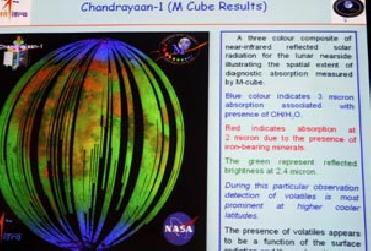










The Indian Air Force, in its flight trials evaluation report submitted before the Defence Ministry l..
view articleAn insight into the Medium Multi-Role Combat Aircraft competition...
view articleSky enthusiasts can now spot the International Space Station (ISS) commanded by Indian-American astr..
view article